Horchata is a refreshing rice-based drink from Latin America. It’s very easy to make, and if you’re so inclined, you can add some Kahlua to it as we did. Not traditional, but oh-so good.
Recently our four-couple gourmet group got together for a brunch. What fun we had, even though it wasn’t a nice day – one of those cloudy, overcast days that we, here in Southern California, don’t understand much, except in June, when we usually have that kind of weather for the entire month, hence we call it “June Gloom.” But it was on Cinco de Mayo (the 5th). Early May!
One of the gals brought my Tuscan Sangria with Tuaca. We had 4 different salsas with chips (2 of them you’ll see here in a few days), then our main food included a egg/chile/cheese baked dish, caramelized carnitas tacos served with hot flour tortillas, guacamole and slivers of radishes. We also had a no-bake vegetarian enchilada dish that was surprisingly good. I’ll post that too. This, our dessert, was a horchata milk shake. I’d seen the recipe in Food and Wine, and since I like horchata, this one, with ice cream, sounded more like a dessert than a beverage to serve with a meal. So that’s what I did. And most of us ended up adding some Kahlua to the drink – making it a boozy drink, but not much. Just enough to taste it.
Horchata (hor-chaatah) is an agua fresca (meaning fresh water). All agua frescas are non-alcoholic and are common refreshing drinks served all over Latin America. In many Mexican restaurants here in California anyway, they serve some type of agua frescas – either horchata or tamarindo (tamarind) or hibiscus (also a favorite of mine – have never made it, I just buy it when I see it). We visit a Saturday morning farmer’s market some miles from us, and one of the food trucks there almost always has the hibiscus agua fresca, or the tamarind one. They’re all sweet, including horchata.
Anyway, horchata is easy enough to do, but since I’d never made it before, it was all new to me, other than I knew it was rice based. First I measured out rice, added water and whole cinnamon sticks (horchata typically is a cinnamon flavored drink). That sat overnight (out on the kitchen counter, not refrigerated). You remove the cinnamon sticks (see ERRATA below), then pour the entire mixture into the blender. The rice was not cooked at all, but after it sat in liquid all night, it was softened somewhat. Nothing is heated up during the making of horchata. I turned on the blender and let it go a bit, then added in some toasted sliced almonds, sugar and cinnamon. And here’s the most difficult thing you’ll do – pour the mixture through a fine-mesh strainer. Do NOT try to push the mixture through – you want the sieve to catch whatever rice it can, although it is ground up, you understand! I poured in about a cup and just let it sit until it had drained through. I rinsed the sieve and did it again, and again. It will take a few minutes for that, but truly that’s the most time consuming thing you’ll do making horchata.
Kahlua Tip:
If you do add Kahlua to this drink, don’t use much – you still want to taste the cinnamon, banana and almond flavors.
At that point in the making I poured it into a pitcher and refrigerated it (several hours before our get-together). When I was ready to serve it I put it back in the blender, added sweetened condensed milk, the banana, vanilla ice cream and ice. I tasted it and put in a tiny bit more 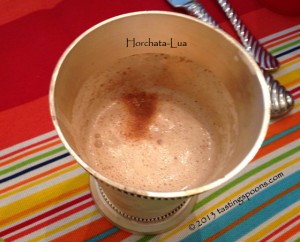 of the sweetened condensed milk. Truth to tell, in our drive to the hosts’ home, my pitcher, with lid, slid and some of the horchata ended up on the carpet in my car’s trunk. Ooph! I wasn’t sure how much quantity I really had left, so needed to guesstimate how much to add in. Pour into glasses, add a straw and sprinkle the top with the cinnamon sugar mixture.
of the sweetened condensed milk. Truth to tell, in our drive to the hosts’ home, my pitcher, with lid, slid and some of the horchata ended up on the carpet in my car’s trunk. Ooph! I wasn’t sure how much quantity I really had left, so needed to guesstimate how much to add in. Pour into glasses, add a straw and sprinkle the top with the cinnamon sugar mixture.
OPTIONAL: I served the horchata milk shakes in silver tumblers – they’re actually mint julep cups. Some people were drinking coffee with whipped cream on top and Kahlua was on the table. One person added a little jot of Kahlua to their horchata and he made very noisy mmmmmm’s, so someone else added Kahlua, and in short order nearly everyone had added Kahlua. Knowing that horchata is really a non-alcoholic drink, I wasn’t so sure it would be a good thing! Oh, was I wrong. It was fabulous. My only caveat: don’t add too much Kahlua or it does overpower the delicacy of the cinnamon, almond and banana flavors.
ERRATA: I have to confess, I forgot to take out the cinnamon sticks after the rice had soaked overnight. I glanced at the recipe and didn’t see the instructions. I just missed it. So our horchata was a bit grainy from the ground-up cinnamon – but you know what? Everyone seemed to love it that way. They said they liked it grainy and would definitely do it that way if they made it. Well, okay then!
What’s GOOD: every little sip of it was fantastic. I’d definitely make this again, with or without the Kahlua. I didn’t mind the grainy texture from the cinnamon sticks, but that’s up to you. Traditionally, remove the cinnamon sticks! You could lighten up the recipe some by using sugar-free ice cream, or light ice cream. There’s also low-fat sweetened condensed milk in grocery stores too. This one’s a keeper.
What’s NOT: nothing. Absolutely nothing wrong with this at all!
printer-friendly PDF – created using Cute PDF Writer, not Adobe
MasterCook 5+ import file – right click to save (remember where), run MC, File|Import
* Exported from MasterCook *
Horchata Milk Shake
Recipe By: Food & Wine, May 2013
Serving Size: 4 (maybe 5)
1 cup long-grain white rice — rinsed well
3 cups water
4 medium cinnamon sticks — cracked
1/4 cup sliced almonds
1 tablespoon ground cinnamon — plus 1/4 teaspoon
1 tablespoon sugar
1/4 cup sweetened condensed milk — plus 2 tablespoons
1/2 banana — (2 ounces)
1 pint vanilla ice cream
1/2 cup ice
OPTIONAL: Kahlua to taste, about 2 tsp per serving
1. In a bowl, cover the rice with the water. Add the cinnamon sticks and let stand at room temperature for at least 3 hours or overnight; discard the cinnamon sticks.
2. Meanwhile, in a skillet, toast the almonds over moderate heat, tossing, until fragrant, 3 minutes. In a small bowl, stir 1 tablespoon of the ground cinnamon with the sugar.
3. Transfer the rice and its liquid to a blender. Add the almonds and puree for 2 minutes. Strain the horchata through a fine sieve into a bowl. Rinse out the blender.
4. Return the horchata to the blender and add the condensed milk, banana and the remaining 1/4 teaspoon of ground cinnamon and puree. Add the ice cream and ice and blend. Pour the shake into glasses, sprinkle the cinnamon sugar on top and serve.
5. OPTIONAL: Add Kahlua to each glass (about 2 tsp). Don’t overdo the Kahlua as it will overpower the delicate cinnamony flavor of the horchata.
Per Serving (this is off some because you don’t consume all the rice – some yes, all? no): 482 Calories; 15g Fat (26.0% calories from fat); 10g Protein; 83g Carbohydrate; 10g Dietary Fiber; 36mg Cholesterol; 91mg Sodium.





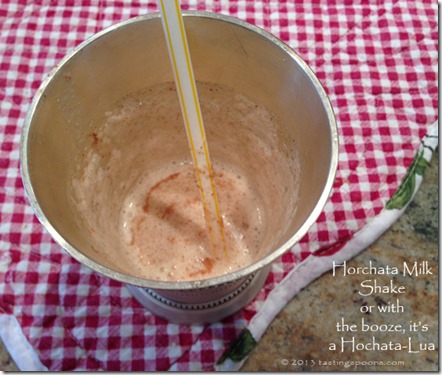

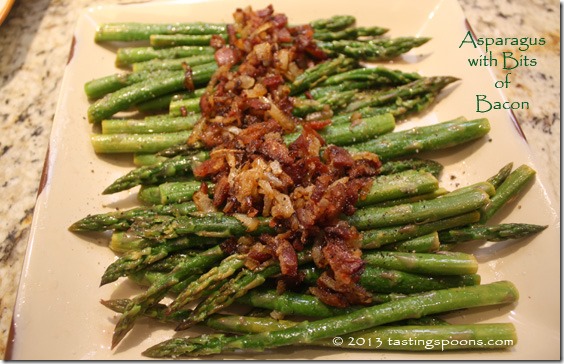
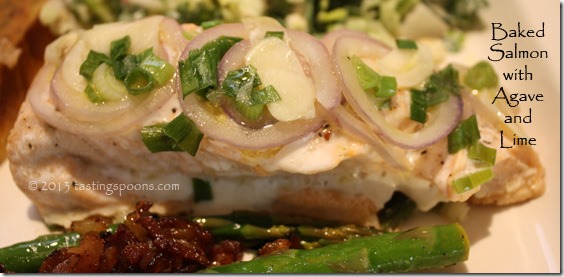
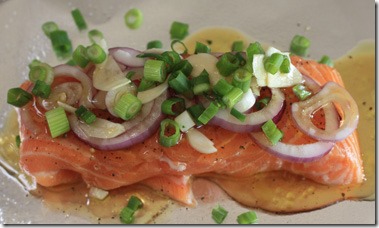
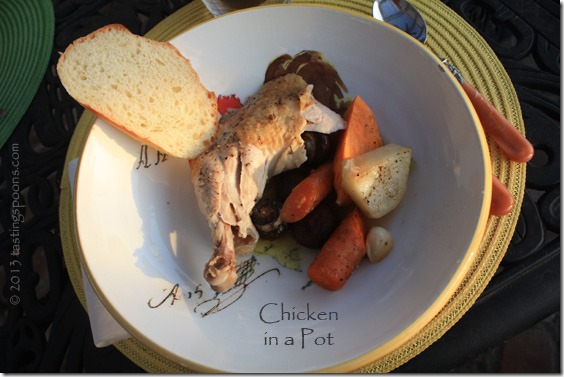
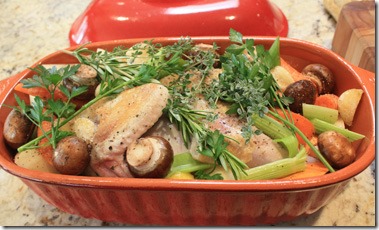
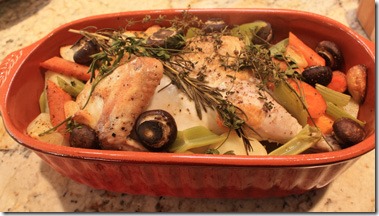
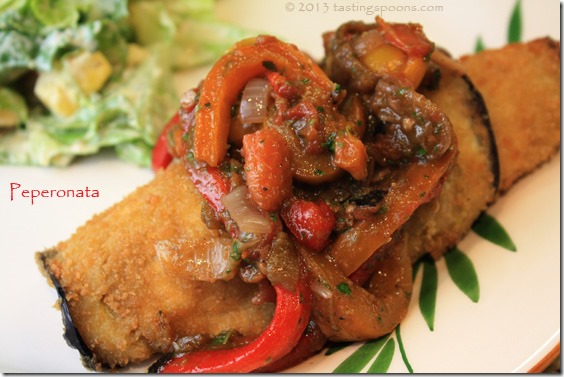
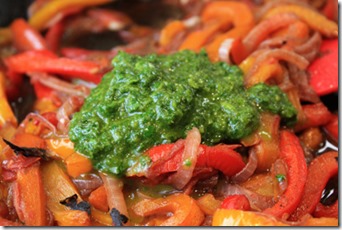
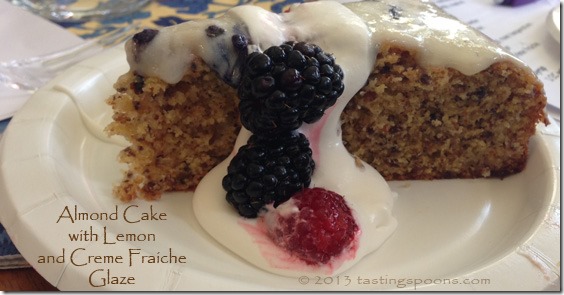
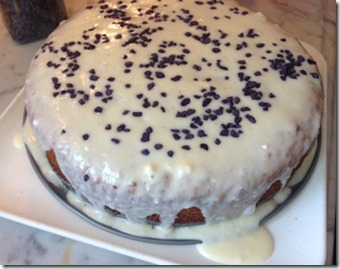
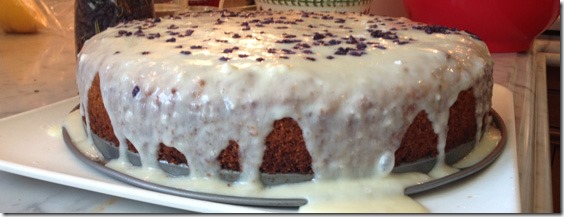
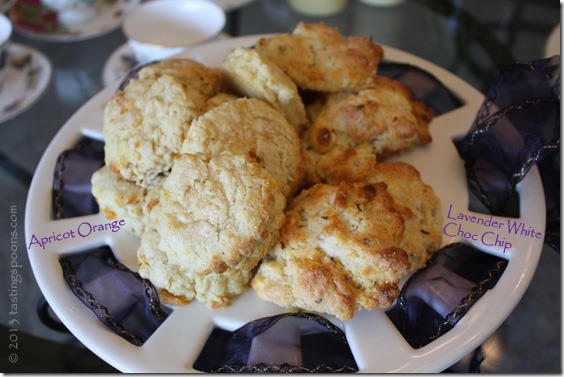
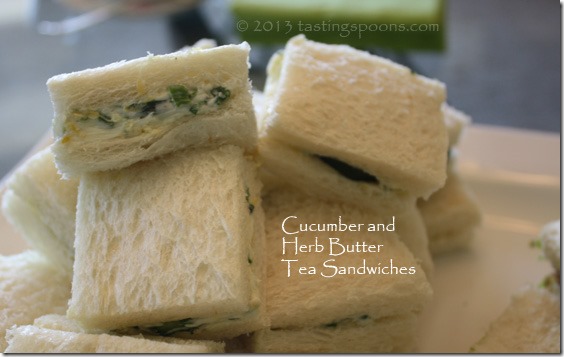
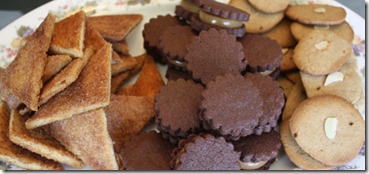
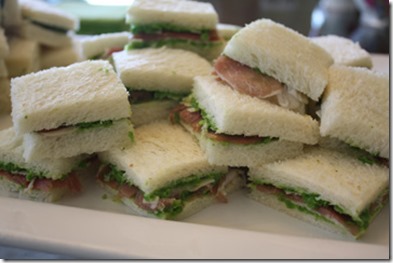
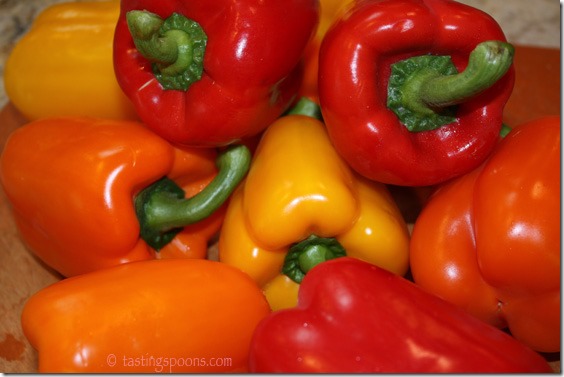
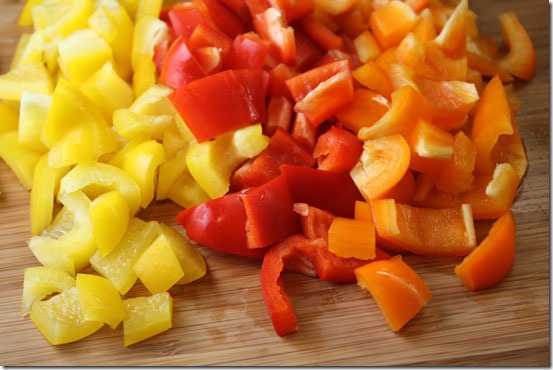
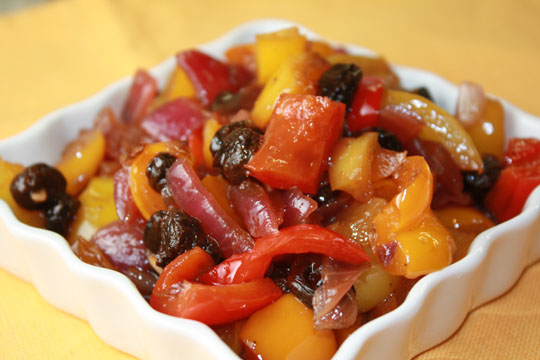
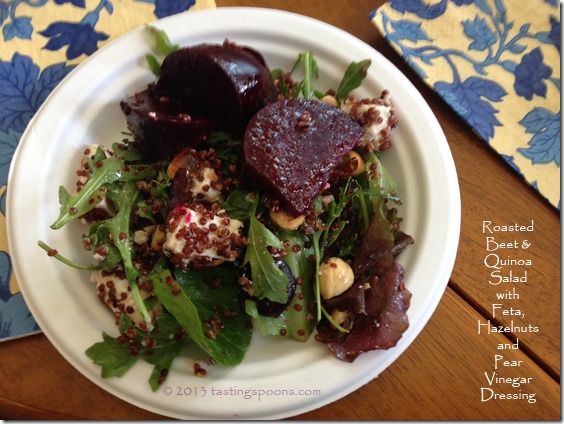
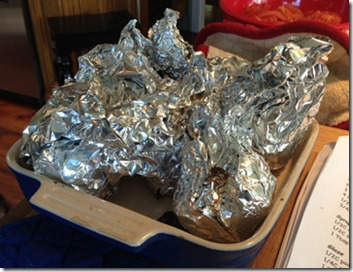
Leave a Comment!